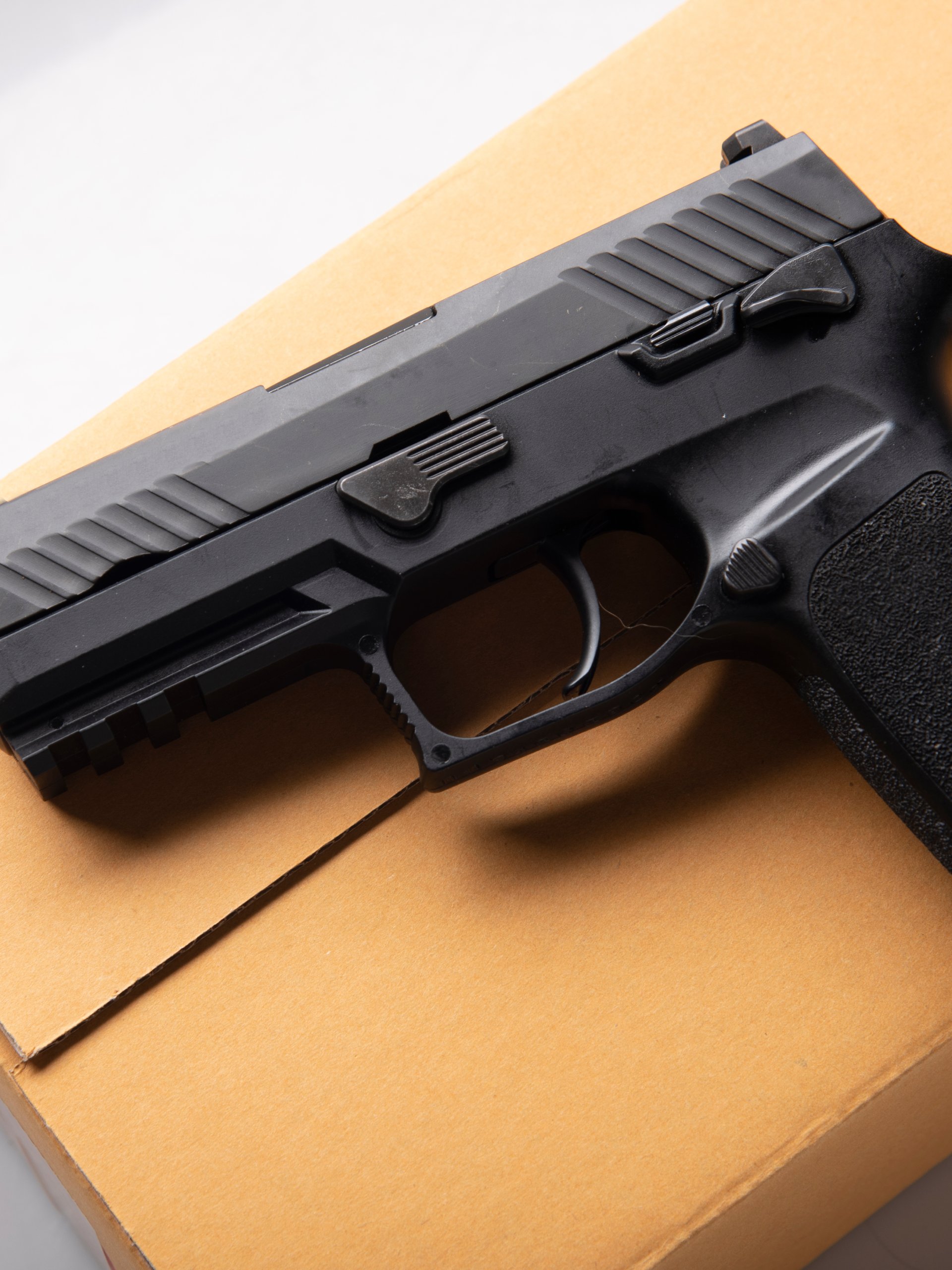If you manufacture firearms, you probably ship them as well. Whether you’re sending a completed firearm to a customer, returning one to a manufacturer, or transferring one between legal entities, understanding the strict regulations governing firearm shipments is crucial. Failing to comply with these rules endangers public safety, risks legal trouble, and could damage your company’s reputation. This guide will break down essential shipping considerations for gunsmiths.
You Must Be Licensed To Ship Firearms
Before shipping guns, you must hold a federal firearms license (FFL). The law does not permit individuals or companies without an FFL to ship firearms, with very few exceptions.
The Federal Bureau of Alcohol, Tobacco, Firearms, and Explosives (known as the ATF) requires gunsmiths and firearm dealers to maintain compliant licensing before transferring or shipping weapons. Review your FFL’s guidelines carefully and ensure all shipments correspond with the scope of your licensed activities.
If you don’t comply with this step, your shipment could be confiscated, and you could face severe legal consequences.
You Must Ship Through an Authorized Carrier
Not all shipping carriers handle firearms. Gunsmiths must use carriers authorized to ship guns in accordance with federal and state laws. These are currently the carriers you can work with:
- USPS
- FedEx
- UPS
Keep in mind that each of these carriers has its own rules about shipping weapons. Once you decide on a carrier, read its expectations carefully to avoid trouble and incomplete shipments.
You Can’t Ship Loaded Guns
It may seem obvious, but you cannot ship a loaded gun. This is a major safety risk for everyone involved in handling and receiving the shipment.
In fact, you can’t even ship unloaded ammunition in the same box as the gun. If you manufacture ammunition, you must ship it separately, even if it is part of the same order as a firearm.
The Packaging Must Be Secure
Proper packaging protects firearms during shipping and reduces the risk of people tampering with the weapons. Use durable, reinforced materials like heavy-duty cardboard shipping boxes or wooden crates, making sure to comply with your carrier’s rules. For example, UPS would allow you to choose between standard and gaylord boxes so long as they are new and meet strength requirements.
Additionally, firearms should not shift within their containers, so include adequate padding around the item. Seal the package securely with strong tape, and don’t label the box as a weapon. You want it to be as discreet as possible.
Shipping firearms requires a keen attention to regulations, and for good reason. The rules exist to keep people safe and effectively track risky shipments. As a gunsmith, it’s your responsibility to remember these essential shipping considerations as you fulfill orders. In doing so, you uphold industry standards and protect your professional reputation.

Leave a Reply